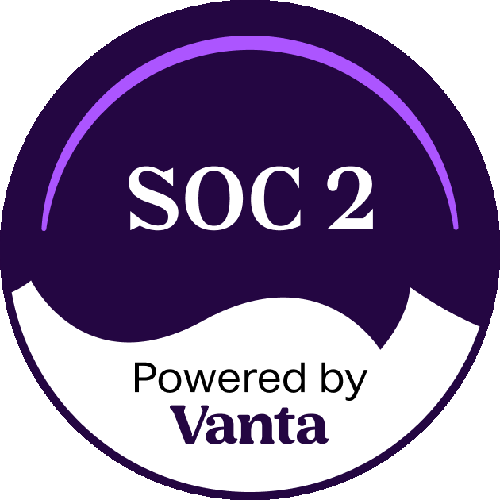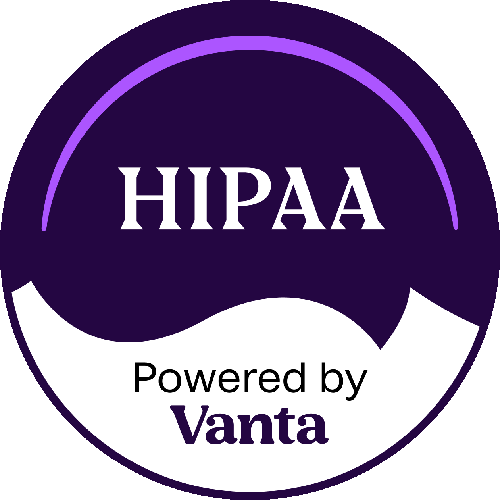Ten years ago there were only a few best practices when it came to automating the accounts payable process. The one that was widely adapted was scan to archive (also known as backend or late scanning) which occurred at the end of the accounts payable process to get rid of the filing cabinet.
Another key goal was to image enable the ERP systems such as SAP, Oracle, PeopleSoft, JD Edwards, MS Dynamics (SL, AX and GP), Lawson and even homegrown systems to allow users to directly retrieve invoices from the ERP system. As with all technology over the last decade, there have been large advancements in the purchase to pay automation and accounts payable automation marketplace. These advancements include Software as a Service or SaaS/Cloud based solutions, E-Invoicing, outsourced invoice scanning, automated invoice matching, invoice workflow automation, and dashboard reporting. Many ERP systems fall short when it comes to AP automation.
In today’s blog we will be covering centralizing invoice receipt and the best methods to capture data from the inbound accounts payable invoices.
Centralized Invoice Receipt and Capture
Any AP Supervisor or AP Manager that has dealt with the issues surrounding a decentralized accounts payable process knows of all the challenges that it poses. Issues like temporarily or permanently lost invoices, the “Cool Guy” syndrome where approvers keep invoices until they are due or past due prior to sending them accounts payable and AP having to hunt for invoices when a vendor calls in with an inquiry. These are just a few of the many factors that have lead organizations concerned about their processing costs and credit ratings to centralize the receipt of invoices as much as possible. The real questions today are “how do I effectively manage a centralized accounts payable process?” and “do I need to create a shared services center to do this?” We will review some the best methods being utilized today by world class accounts payable departments.
Scanning In House
The first and oldest method is to perform self scanning of your invoices. This great if you have the organizational need to create a scanning shared services center (SSC) to scan more than accounts payable transactions. For example if you have stacks of other paper that are not related to accounts payable it may make sense to create a scanning SSC and self scan. This is very common in the banking, financial services and healthcare sectors. In these cases it may create a positive ROI to build a scanning practice and to make the investment in the hardware and software to perform this effectively.
If you are self scanning there are two primary options to collect invoice data for workflow, accounts payable automation solutions or archiving invoices. The first one is known as key from image or “KFI”. This process consists of an operator entering the information from the invoice image into the ERP system directly into an accounts payable automation solution. The second option is to leverage an optical character recognition (OCR) tool to perform the data extraction and have an operator only reviewing the invoice exceptions. The common factor that organizations use to determine between the two is invoice volume. A good rule of thumb is to utilize OCR for data extraction when your invoice volume is above 500 per day. It is also important to select a template free OCR solution when you make your selection to ensure that it is easy to manage long term.
Scanning Outsourced
The second option you have in a centralized receiving environment is to leverage outsourced invoice scanning and data capture. This option is great fit when the bulk of your paper coming into your organization is related to accounts payable. With this option you can take advantage of the latest scanning hardware and OCR software without having to make a large capital investment or to provide the labor to run everything. With this option your outsourced scanning partner will typically provide the following:
- Outsource PO Box management
- Upfront scanning and data capture
- Benefit from highly-accurate and up to date Optical Character Recognition (OCR) technology
- Best practices already built in for supplier invoice scanning and data capture
- Eliminate paper handling for an efficient, ZeroTouch environment
Some of the benefits of outsourced invoice scanning and data capture are:
- Elimination of time consuming non-value add data entry and scanning for AP processors
- Avoid the large investment costly scanning equipment and OCR software
- Marketing leading outsourced providers are SSAE 16 certified
The third option and most cost effective option is E-Invoicing (electronic invoicing) –
The goal of utilizing an E-Invoicing network should be to convert 50% to 75% of your invoice volume to electronic submission. Here are some the most important factors that you will want to consider when evaluating E-Invoicing networks.
- No cost to suppliers – This is a must for rapid and mass adoption by your suppliers. I don’t know of any suppliers that like to pay to submit invoices and you are likely to find additional costs on your invoices from suppliers if they are charged for e-invoicing.


